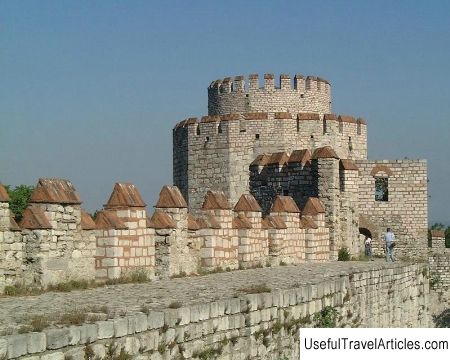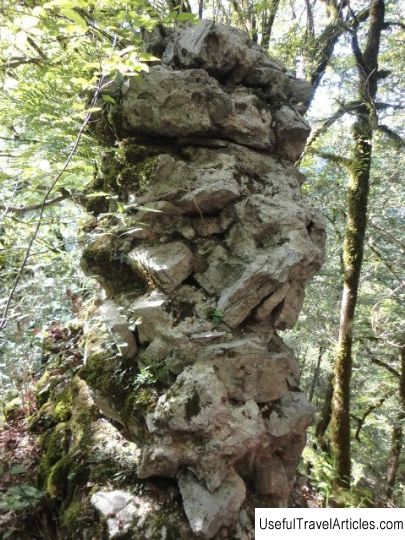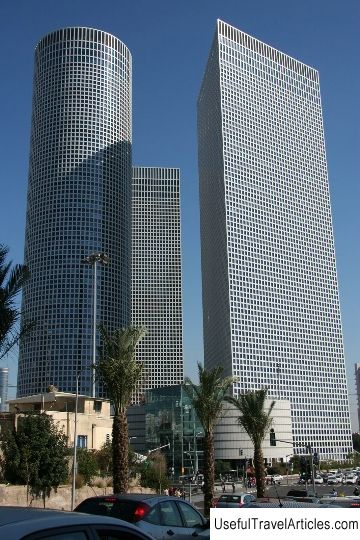Ruins of Ashkelon, Israel
Rating: 8,0/10 (1923 votes)  The first settlement on the site of modern Ashkelon arose in the Neolithic era. In ancient times, its name sounded like Iskeluni. Around the 2nd century BC, the city entered its heyday. Large and significant for the country, located at the intersection of trade routes, it was surrounded by a high earthen rampart. The ramparts were complemented by a powerful mud wall and the world's oldest arched gate. There were two six-meter brick towers near the gate. The walls reliably protected Ashkelon from the land side, and from the sea side, a steep cliff naturally served as protection. Even before our era, Ashkelon was a significant port city, which many countries dreamed of conquering. In 604 BC. the city was destroyed by the Babylonians and was in ruins for a long time, until it was rebuilt by the Phoenicians in 525 BC. The later and most significant destruction of the city was in 1270. In its place was the Arab city of El-Majdal. Modern Ashkelon begins its history since 1951. Currently, the ruins of the ancient city, located in the Ashkelon Park, are of great interest among tourists. In this area with a rich centuries-old history, excavations continue. Here you can see the ruins of an ancient Roman forum, surrounded by two rows of columns. Historically interesting is also a small square located nearby, where various sculptures are installed, including the goddess of victory Nike. The sculpture of Nika was made in a traditional manner for that time. The goddess stands on a globe supported by an Atlantean. Oddly enough, in addition to representatives of the Greek pantheon, here you can see sculptures of ancient Egyptian deities. The remains of an ancient amphitheater are located nearby. In the western part of the Barnea quarter are the ruins of an ancient Byzantine church, built around the 5th-6th century AD. If you go a little further, you can see the remains of a residential building built in the Byzantine era. Until now it has preserved some of the interior decoration, including frescoes dating from the 3rd century AD. On Afridar Beach, you can visit the cave with sarcophagi located in it, placed here around the 3rd century AD. The sarcophagi are adorned with artfully painted images of various mythological subjects. 
We also recommend reading Church of All Saints in the Czech Republic, Prague spa Topic: Ruins of Ashkelon, Israel. |




